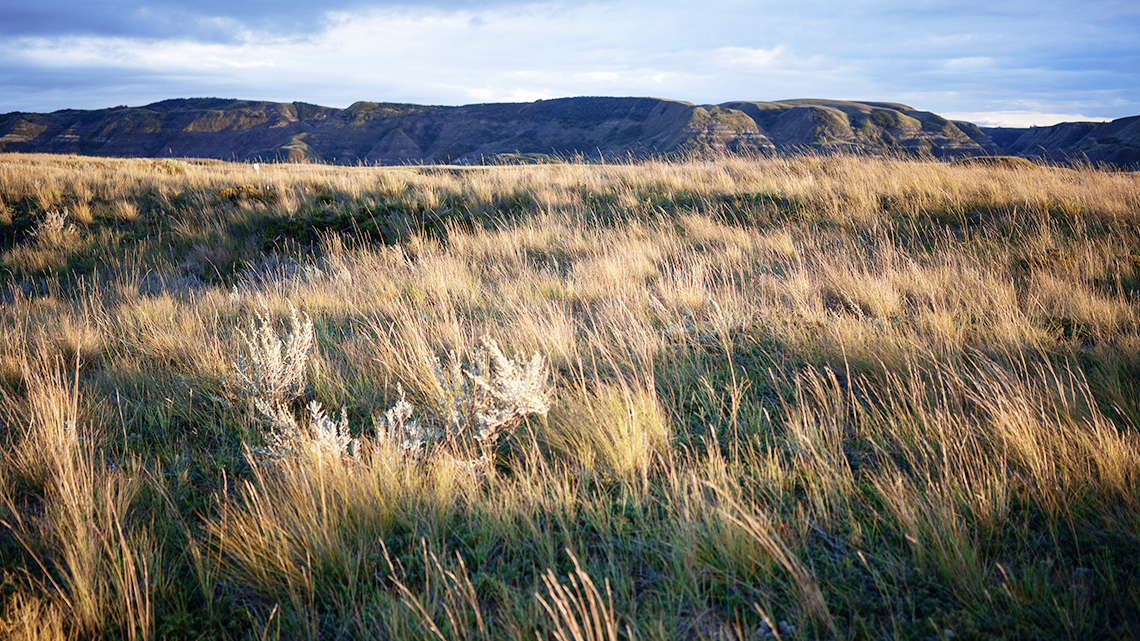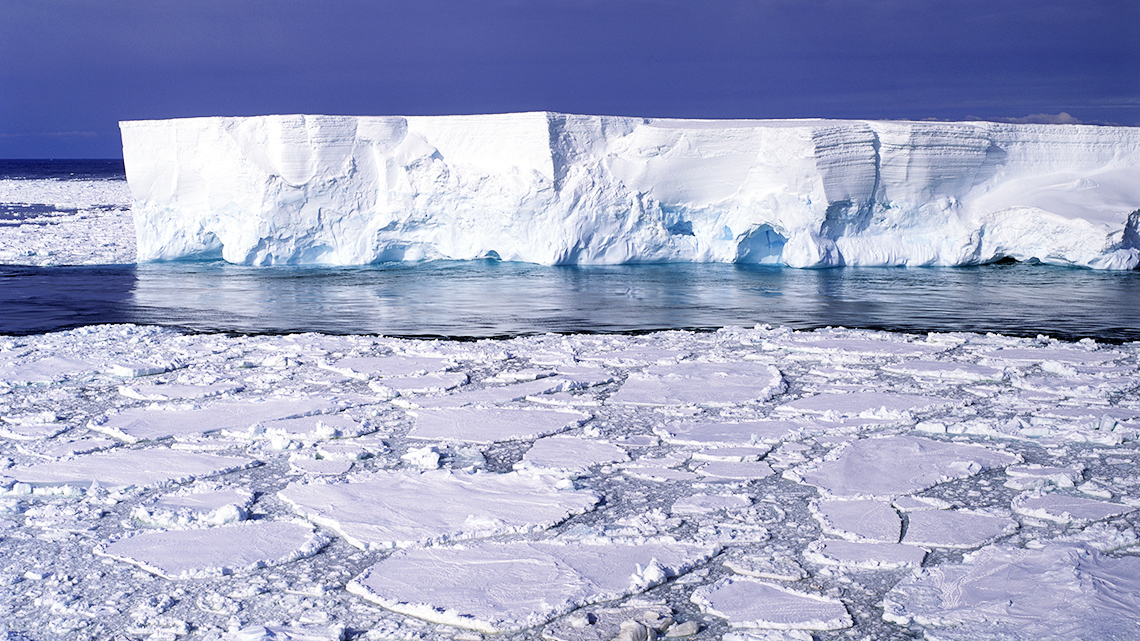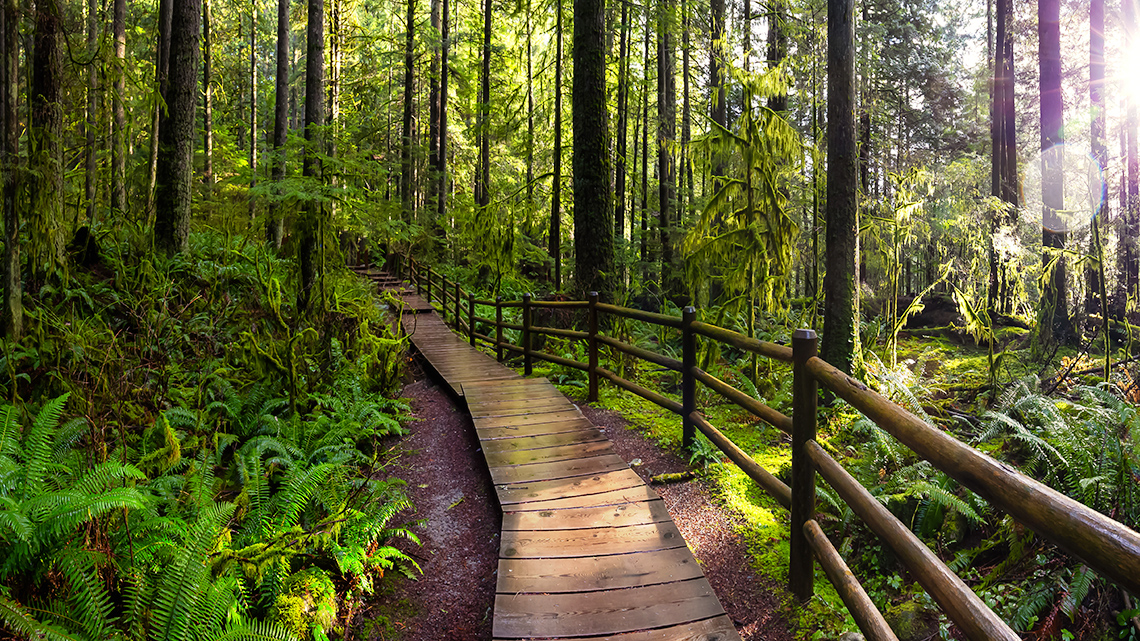Minds On
Vegetation regions
Explore the following carousel of images and their descriptions to consider examples of the five major vegetation regions. Can you guess what each region might be?
There are five major vegetation regions of the world. This means that five regions of the world have distinct plants, soil, and weather patterns.
Brainstorm
Plants around the world
What do you think these vegetation regions might be named and what might be one distinguishing characteristic of each?
Press Hint to check out an example.
Complete the Vegetation Regions activity in your notebook or use the following fillable and printable document.
Press the ‘Activity’ button to access Vegetation Regions.
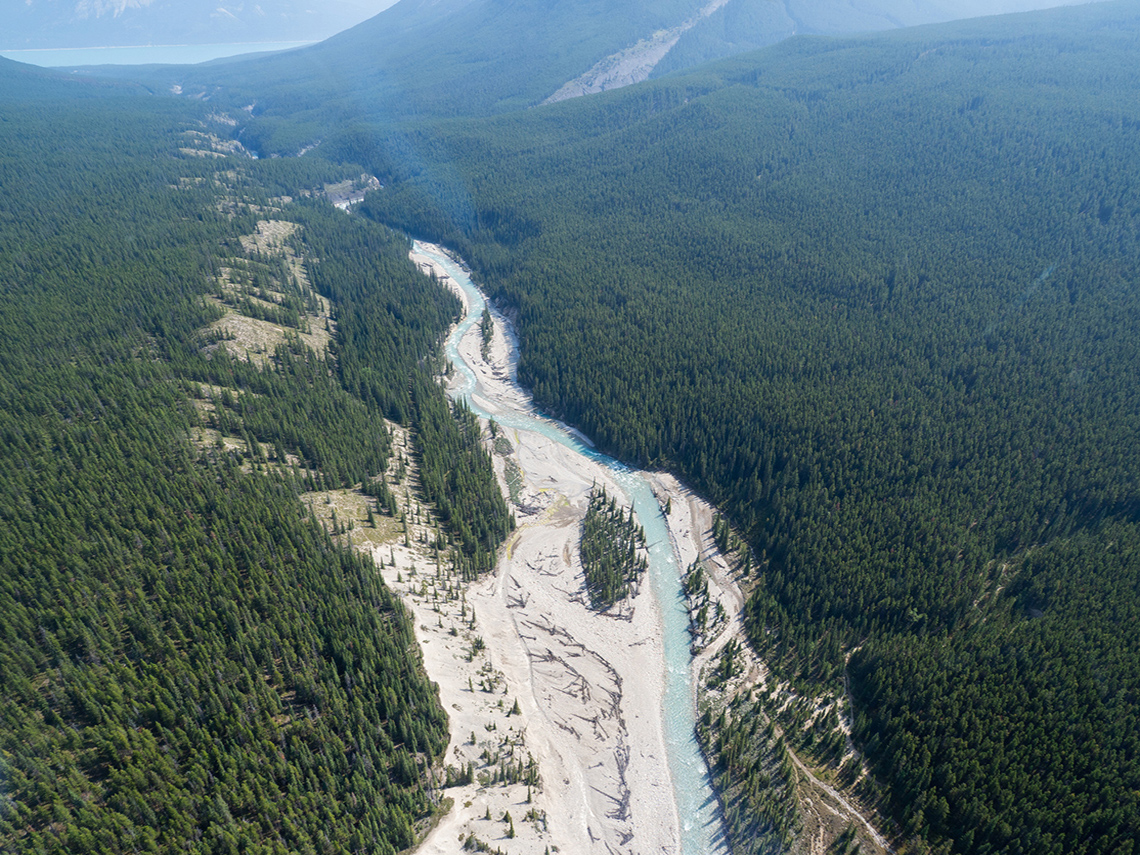
Action
Vegetation detective
Explore the five descriptions and five vegetation regions. Check if you can put your detective skills to work to make five perfect matches!
For each following description, select the corresponding vegetation region.
Press the name of each vegetation region to access its image.
Grasslands are open and flat fields of grasses with very few trees.

Forests are large areas covered in a variety of trees such as deciduous and coniferous trees. Forests must to have access to regular water, whether through rainfall or by being located near lakes or streams.
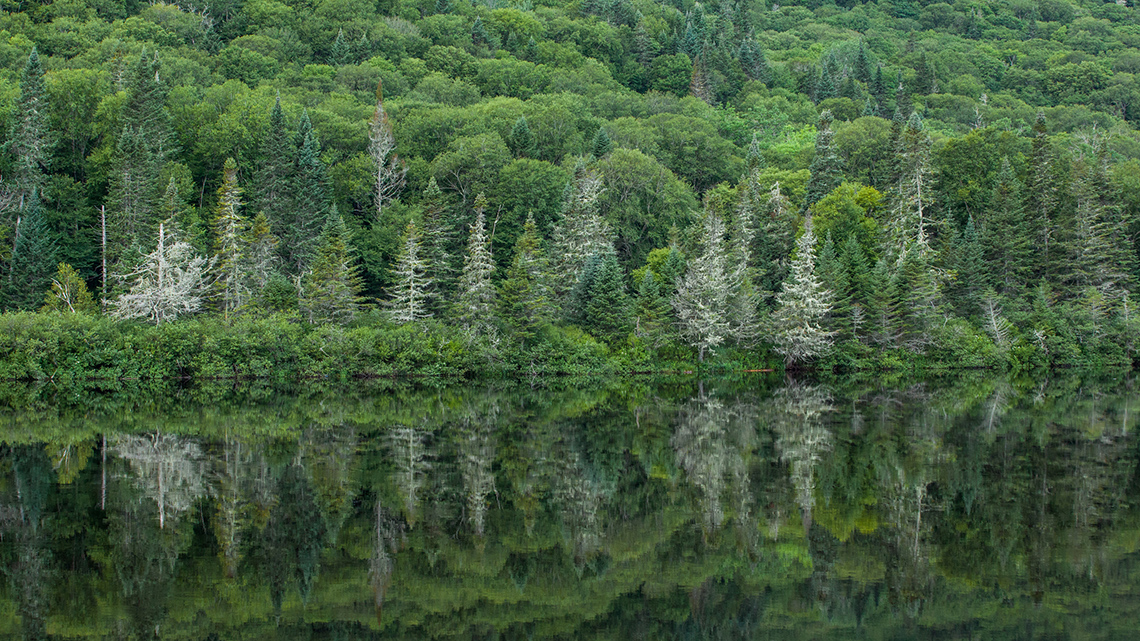
A desert is a dusty land that is partly covered in small bushes and different species of cacti.

A tundra is a flat land covered in moss, dirt, and some snow, with snow-covered hills and mountains in the background.

Ice sheets are flat expanses of ice-covered ground with a large water body off in the distance.
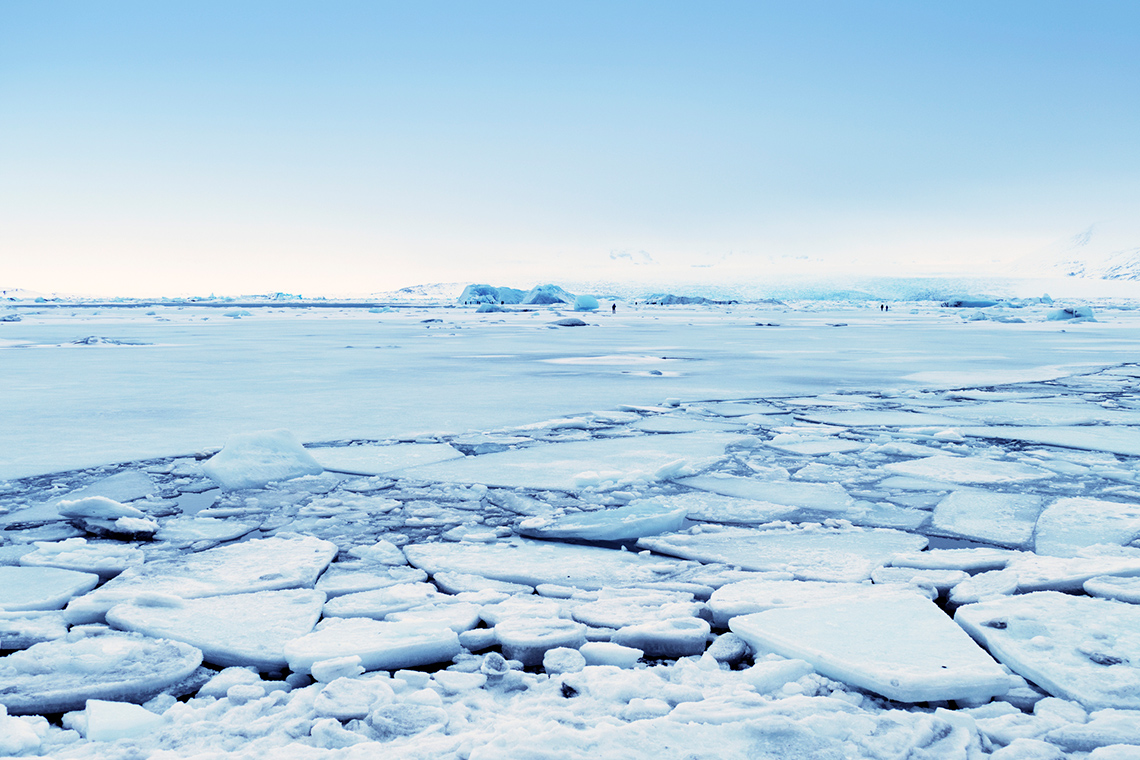
Presenting a specific vegetation region
Choose one of the five vegetation regions of the world. While exploring one region, go even deeper by researching more information about your chosen vegetation region.
Use the checklist to locate specific information about the region and consider how you would like to present this information: digitally in a slide show, as a digital poster or infographic, orally in a presentation or advertisement, in a print poster, drawing, or sketch, or using a method of your choice.
My vegetation region exploration will include…
Natural processes that impact vegetation regions
There are a few natural processes that can impact different vegetation regions over a period of time. Two of these processes are climate change and erosion.
Press each process to learn more about them.
Student Success
Think-Pair-Share

- How is climate and vegetation interconnected in vegetation regions? How would climate change naturally alter the vegetation that grows in these regions? Choose two vegetation regions to outline what a few of these changes might be.
- How would soil erosion naturally alter the vegetation that grows in specific vegetation regions? Choose one region that relies on soil, and explain how erosion might affect the vegetation that grows in this region.
Note to teachers: See your teacher guide for collaboration tools, ideas and suggestions.
Human activity that changes vegetation patterns and growth
Human activity can have a large impact on the vegetation patterns and growth in a vegetation region. With human activity comes changes to these regions, which alter the conditions that allow these species of vegetation to grow there.
The following are some of the large impacts that humans have on vegetation regions:
- deforestation
- use of pesticides and fertilizers
- farming (e.g., irrigation systems)
- invasive species introduction
- climate change
Explore the following forms of human impact on vegetation regions.
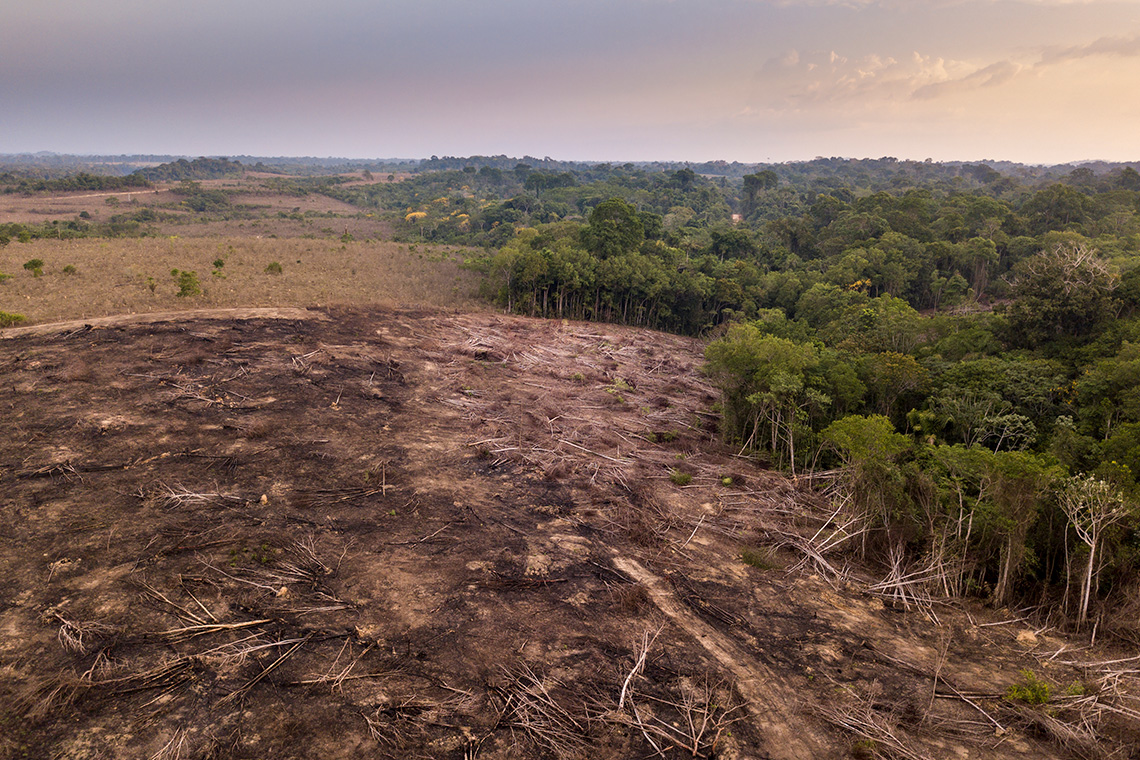
Deforestation is the result of forests being purposefully cut down and cleared for reasons such as creating lumber or creating clear land for farming. When an area is deforested, negative impacts can include the loss of plants and a reduced ability for animals to survive in a changed region.
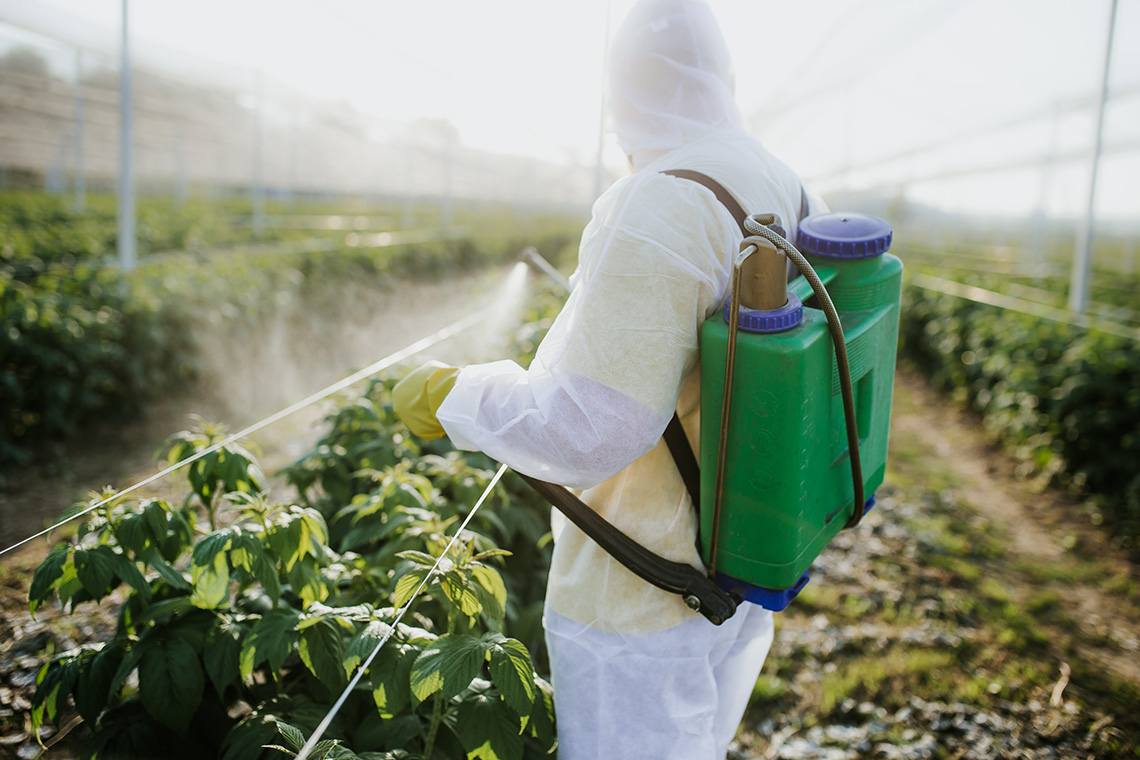
Pesticides are chemicals that are sprayed on crops to control insects and diseases that can damage crops in agriculture. Fertilizers are materials that are added to soil to help plants grow. While pesticides and fertilizers can be used to help plants grow, they can also have negative impacts on vegetation and plant life. For example, some pesticides and fertilizers damage the soil and over time make the soil infertile.
What does infertile soil mean? Infertile soil means that an area of land is no longer able to grow plants such as crops.
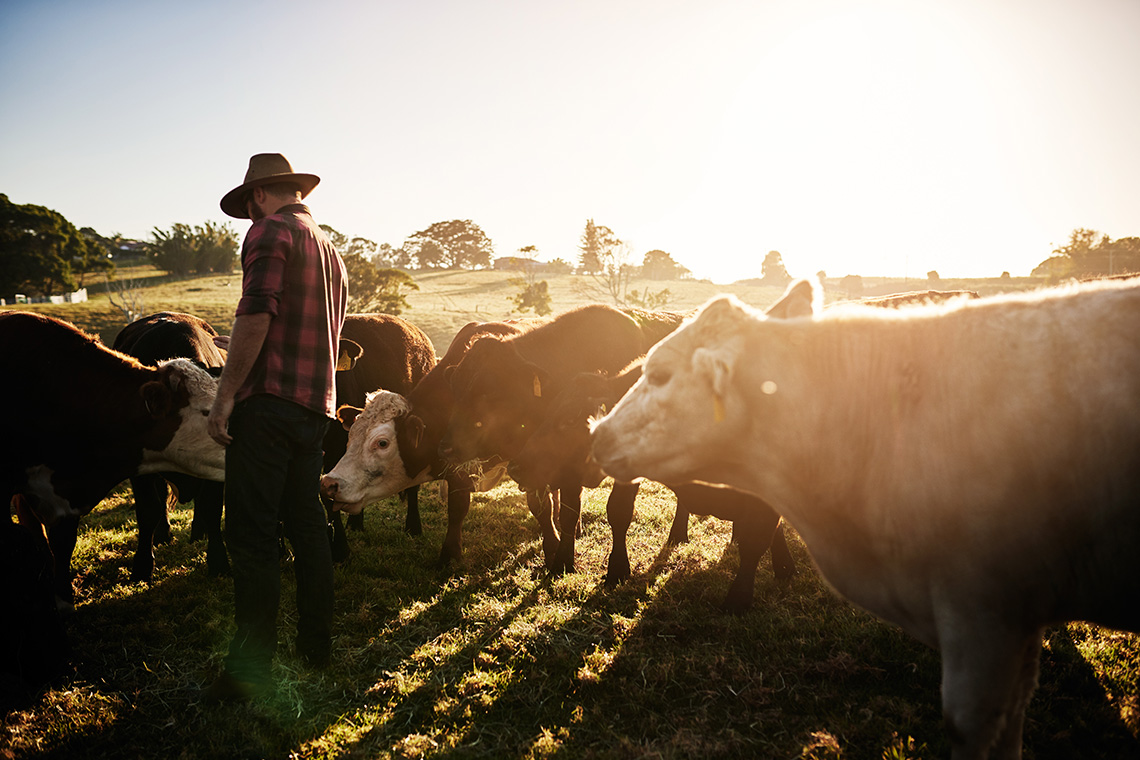
The impact of farming can have both positive and negative impacts because of the changes it makes to the landscape, such as creating an irrigation system. The positive impact of farming is the ability to grow large crops of plants or to raise large amounts of animals for food. Farming can also have negative impacts. One negative impact of farming is the damage that animals can have by eating plants and leaving behind damaged and fouled land.
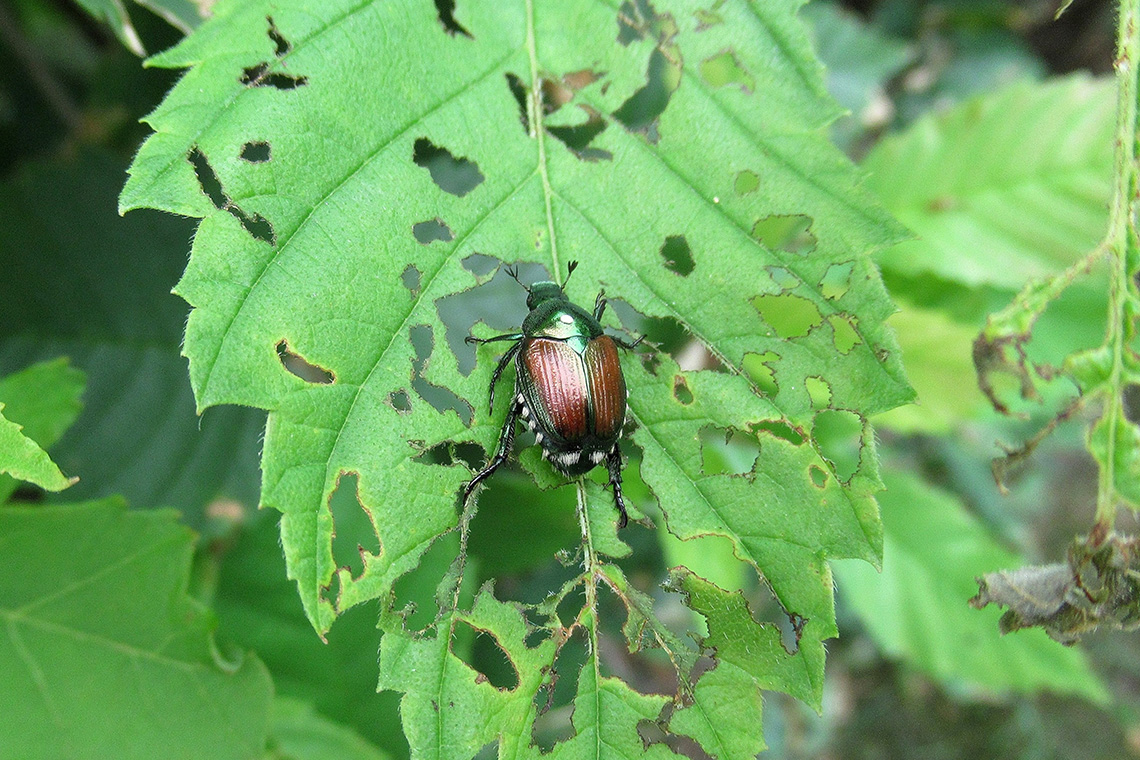
An invasive species is any kind of organism including insects and animals that is introduced to a new region. The negative impact of an invasive species is that it can take over an area and harm the plants and animals that naturally live there.
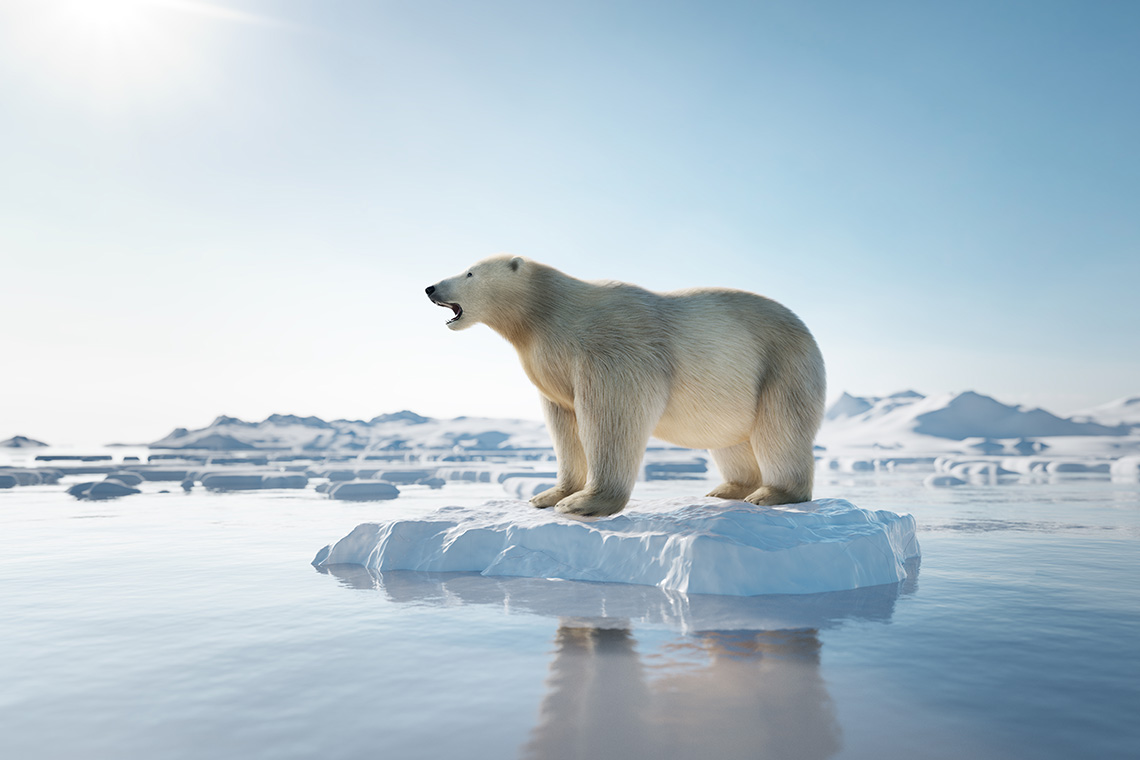
One large impact that humans have on regions around the world is climate change. Climate change can affect regions by raising the temperature and changing weather patterns.
Consider the diverse impacts humans can have on vegetation regions. Choose which vegetation region is most affected by the impacts explored in the following multiple choice sentences.
For each sentence, select the missing word from the drop-down menu.
Consolidation
Where in the world?
Choose one of the following tasks to complete:
Option 1: Placing vegetation regions in a map of the world
In this task, you can use a digital or print map of the world, and place one type of vegetation region on the map.
Be sure to label the location on the map, the vegetation region, and the specific type of vegetation region found there.
For example:
- grassland found in Tanzania, Africa: Tropical Savannah

Option 2: In jeopardy
In this option, you are going to choose a vegetation region in a specific area of the world. For this region, describe how the vegetation patterns in this region might be in jeopardy based on its location in the world, and explain the human or natural impacts found there.
For example:
- in the tropical rainforest of the Amazon, deforestation caused by people is creating a change in the water cycle, which will impact the vegetation in the following ways…
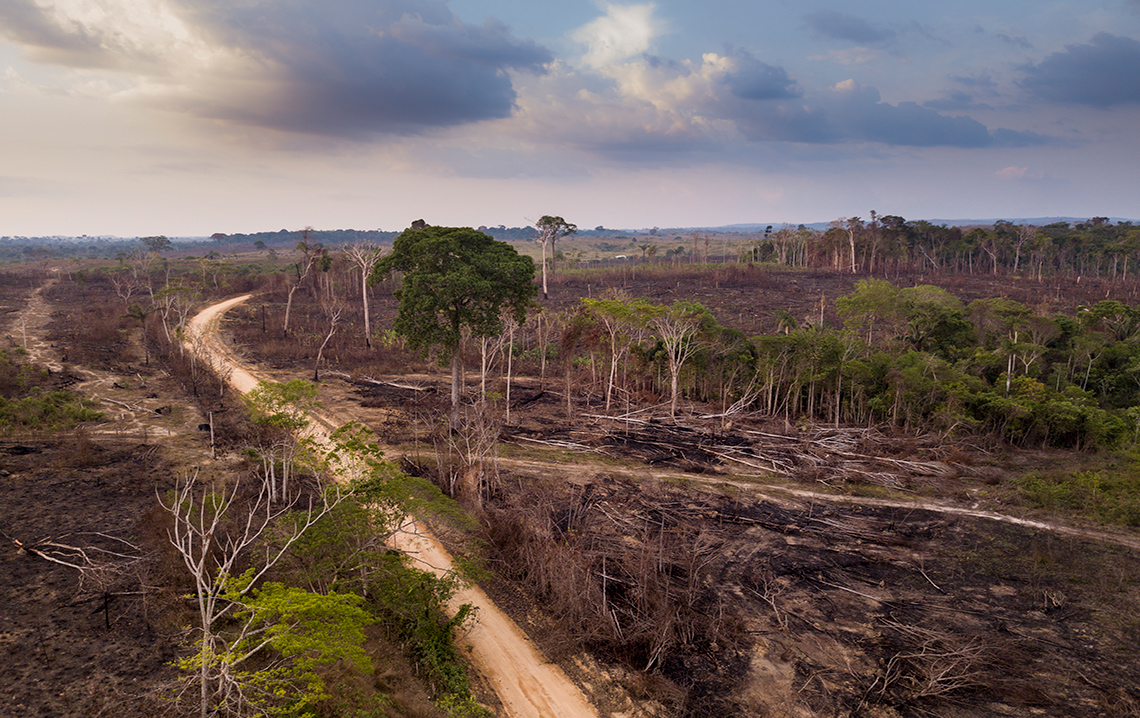
Reflection
As you read the following descriptions, select the one that best describes your current understanding of the learning in this activity. Press the corresponding button once you have made your choice.
I feel...
Now, expand on your ideas by recording your thoughts using a voice recorder, speech-to-text, or writing tool.
When you review your notes on this learning activity later, reflect on whether you would select a different description based on your further review of the material in this learning activity.
